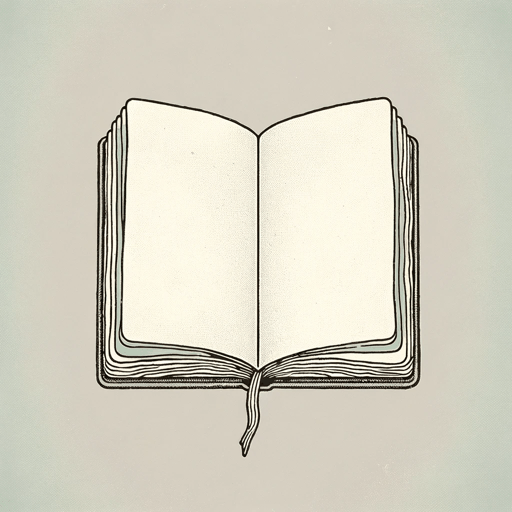37 pages • 1 hour read
William StyronDarkness Visible
Nonfiction | Book | Adult | Published in 1989A modern alternative to SparkNotes and CliffsNotes, SuperSummary offers high-quality Study Guides with detailed chapter summaries and analysis of major themes, characters, and more.
Symbols & Motifs
Darkness
Styron takes the title of the book, Darkness Visible, from John Milton’s epic poem Paradise Lost and his description of hell. Darkness doesn’t refer to the absence of light; in Paradise Lost, darkness visible is the antithesis of light. By “darkness visible” are “sights of woe, regions of sorrow, doleful shades.” It obscures the positive while highlighting the negative, and it describes the figurative darkness of suffering through depression.
Styron describes the mental fog of depression, a loss of insight that made it difficult for Styron to see his own life accurately. He also describes the way imaginary darkness and shadows descended upon his home and places that were once a comfort to him. Depression also took Styron to the darkest places in his psyche, where he imagined the worst and fantasized about death. There, the darkness trapped him and held him hostage; one of the deadliest symptoms of depression is the inability to see past the pain and imagine a future without it. Just as he couldn’t believe that the treatments offered would help him, he also couldn’t see his own progress or the ways in which the depression was falsely imprisoning him until after he had escaped.
Related Titles
By William Styron





